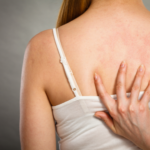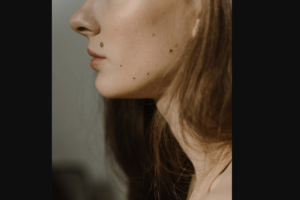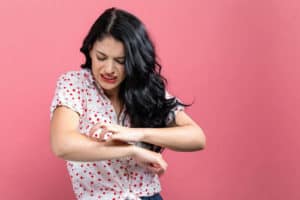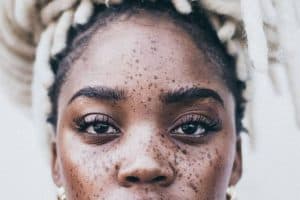It’s common for nipples to itch after getting pierced. However, the itch can worsen at the insertion site if you do not properly care for it. What causes nipple piercing itch?
Nipple piercing itch can happen during the normal healing process after the nipples got pierced. You could also experience redness and a small discharge at the site of the piercing. These symptoms are typical and gradually go away as the piercing heals within a few months. But complications may occur, causing hematomas, inflammation, and infection.
Hematomas are cysts filled with blood that need medical drainage, while inflammation comes with swelling and pus.
Read on to learn more about nipple piercing itch, its causes, treatments, and how you can reduce the itch.
Nipple Piercing Itch
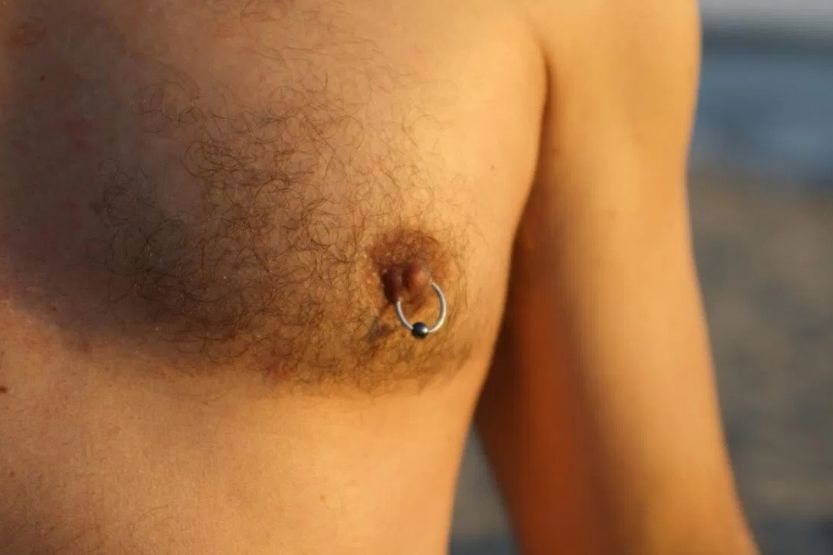
Nipple piercing itch happens when the piercing site starts to heal. Redness and small discharges at the area of piercing could also occur.
These symptoms gradually disappear as the piercing heals after a few months. Yet, complications may occur, such as infection, hematoma, scarring, hyper granulation, and bleeding.
Therefore, you have to note when these complications occur so you could see your doctor ASAP.
Symptoms of Infected Nipple Piercing
1. Presence of Pus
The presence of pus is a sure sign that the nipple piercing site is infected. There may be small discharges from regular piercings, but purulent pus is a clear indication of infection. Wait no further when this occurs. You have to seek medical attention immediately.
2. Continuous Itchiness
One indication of infection is when the nipple piercing itch does not stop but continues and gets even worse. This itchiness will lead to redness in the site as you may constantly scratch it. Do not scratch the area but consult your doctor for medication.
3. Inflammation
The piercing site gets inflamed and swollen with possible pus formation. Rashes may also appear around the piercing area.
4. Pain
You could feel pain during or right after the procedure. But the pain that does not go away after several days is another sign of infection.
5. Foul Smell
The infected piercing site emits a foul smell due to bacteria thriving in the area. The foul odor is a clear indication that you should visit your doctor immediately. If you do not, the gangrene or infection may spread throughout your body. This condition could be fatal to your health.
6. Fever
Fever gives a clear sign that your nipple piercing site is infected. You should call your doctor and get immediate treatment. Delaying consultation can have serious consequences. [1]
Causes of Nipple Piercing Itch
1. Natural Reaction to Healing
Nipple piercing itch is a natural response to skin healing. Yet, this phase should only be for several days and not several months.
2. Infection
If the itching persists and becomes excessive, then the infection has set in. The itch does not go away, and other side effects would set in.
3. Rejection
Your skin’s rejection of the piercing could also lead to itchiness and other side effects. You will have to forgo the procedure if your skin rejects it.
How to Reduce Nipple Piercing Itch
1. Use Clean and Sterile Materials
Ensure that all the materials used in the piercing are sterile and clean. This precaution will reduce the chances of nipple piercing itch.
2. Proper Application of Antiseptic
The procedure should be aseptic with the use of disposable needles and similar equipment. The piercer should properly sterilize the site before piercing.
3. A Reliable Piercer Must Perform the Procedure
The piercer must be reliable and competent with previous experience. Piercers must provide detailed instructions on nipple piercing post-care too.
4. Cleanse the Area Daily
You must cleanse the area gently with mild soap and water. Avoid irritation, such as using rough clothing, alcohol, or hydrogen peroxide. Use other antiseptics that do not irritate your skin. Do not rub while washing but pat or wipe gently instead.
5. Do Not Touch the Jewelry and the Area Around It
Touching them could introduce bacteria and cause infection. Your hands gather bacteria from the things you tend to handle, such as your cell phone, money, and doors.
Do not try to move the jewelry out of its place. You may introduce microbes to the site.
6. Avoid Public Pools and Similar Places
Public swimming pools, gyms, and baths are rich sources of microbial infections. These public establishments do not usually screen people using them. So, you can get all kinds of infections, from viral, fungal, to bacterial agents.
Side Effects of Nipple Piercings
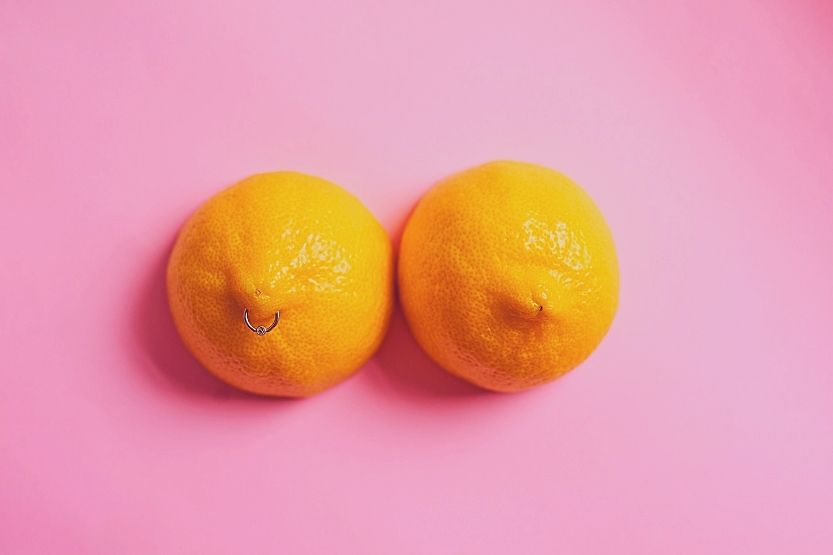
1. Scarring
Keloids or scars may form around the pierced area that will not go away. You will need medical intervention to get rid of them.
2. Hypergranulation
Thick and fluid-filled tissue can form around the piercing holes. They can destroy the surrounding tissues.
3. Infection
Your nipple piercing itching can progress to an infection. Microbes could infect the area and cause pus formation or prolonged bleeding.
Infection is a profound side effect of nipple piercing that you should attend to immediately. See your doctor and receive prompt medical attention because the infection could quickly spread over your body.
4. Inflammation
Inflammation can come with infection. This condition could cause abscesses and pus discharges to form. Swelling could also occur.
When to Consult a Doctor
You have to consult your doctor the first time you notice an infection. The itching and pain should disappear several days after piercing.
If the pain and itch worsen, you have to see your doctor immediately before the infection worsens.
The doctor has to start proper treatment of the infection as this may result in permanent scarring, or the infection could spread in other body parts, endangering your life.
It could take 9 to twelve months for nipple piercing to heal completely. The healing rate would depend on how well you have done the aftercare and treatment of the area. [3] Nipple piercings are slower to heal due to the nipple’s proximity to blood vessels and capillaries.
How to Treat Nipple Piercing Infections
Doctors treat nipple piercing infections with oral antimicrobial medications and topical creams. You can use over-the-counter antibiotics, such as mupirocin and bacitracin. Clindamycin and cephalexin provide oral treatment for staphylococcus and streptococcus infections. [2]
Home Remedies for Nipple Piercing Itch
1. Wear Loose Clothing
Friction against the piercing can worsen the itch and increase the risk of infection. Tight clothes like bras, shirts, and undershirts hold more sweat that increases your risk of disease. Microbes thrive in warm and damp places.
So, wear only loose and soft clothing to reduce friction during the healing process.
2. Use Hot and Cold Compress
A hot compress will facilitate healing and reduce inflammation by increasing blow flow into the nipple piercing area, while a cold compress will reduce pain and swelling.
You can apply the hot compress for 3 to 5 minutes around the area and not directly on the site if your skin is sensitive. Do not apply the compress continuously in one spot as you may injure your skin.
Transfer the compress in different areas around the piercing for 30 seconds to 1-minute intervals.
Apply the cold compress in the same manner.
3. Use Sea Salt Water
You can prepare salt water by dissolving sea salt in a glass of water. Immerse your pierced nipple in the saltwater for around 5 to 15 minutes. Afterward, rinse thoroughly with pure water.
4. Wash with Warm Water and Mild Soap
You should wash the piercing site with mild soap and lukewarm water. The nipple piercing itch will gradually disappear when you wash the area daily.
5. Wear Padded Clothing During Physical Activities
Wear padded or thick clothing at night and when doing physical activities. The clothing will let the jewelry stay in place and will protect you from snagging.
Itchy nipple piercing can happen during the site’s healing process. Small discharges and redness may appear at the piercing area but typically goes away within a few months.
Complications could occur, though, causing severe infection, hematomas, and inflammation. These side effects need urgent medical treatment.
Nipple Piercing Aftercare/Tips for Treating Nipple Piercing
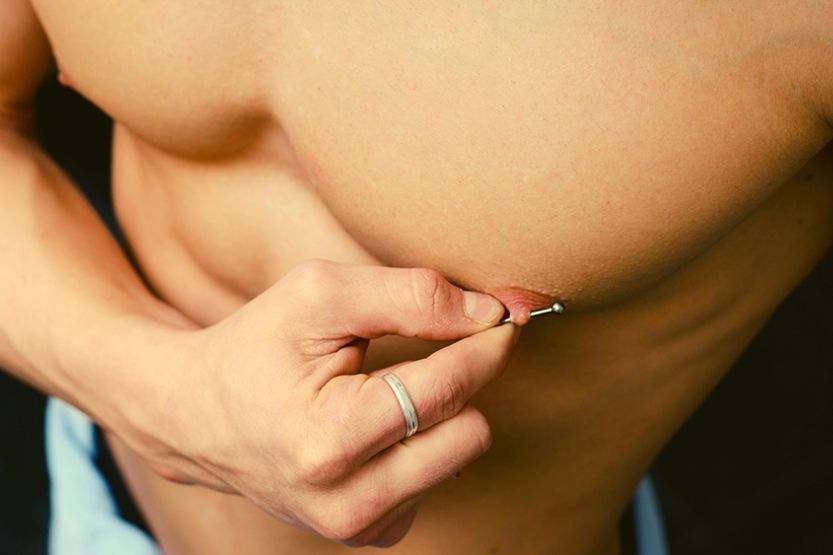
Taking proper care of the nipple piercing site will ensure that you get well quicker. Aside from following the home care steps mentioned above, you can also follow these pointers.
1. Avoid Taking Blood Thinners
Blood thinners like aspirin, warfarin, caffeine, and alcohol can thin your blood, making clotting difficult. Impaired clotting can slow down healing. Nicotine could also retard the healing process. So, avoid coffee, alcohol, and cigarettes.
2. You Can Take Medications to Ease the Pain
You can take pain relievers, such as ibuprofen and acetaminophen if you are not allergic to them.
Nipple piercings hurt more than ear piercings due to the dense tissue that the piercer has to penetrate.
The pain could serve as a sign of your healing progress. The pain will subside as your piercing gets well. Infection may have set in when the pain gets worse.
3. Allow the Jewelry to Remain at the Piercing Site
Do not move or remove the jewelry from the piercing site. The jewelry allows an opening in the piercing site to drain the pus or fluids inside the infected area.
When you remove the jewelry and the wound closes, abscesses could form, and the infection could fester.
Often, the abscesses will not disappear unless a doctor performs a surgical procedure to drain them.
4. Consult Your Doctor Before Using Any Medications
See your doctor before using over-the-counter medications for infections. You may use a drug not suitable for the microbe that infected your nipples. Your doctor’s prescription is always the best way to treat the condition.
5. Know How to Differentiate Infection from Rejection
Sometimes a rejection of the piercing happens. The skin area displays the same symptoms as an infected piercing, like itching and redness. The symptoms of rejection may include allergic rashes.
Rejection happens when the body rejects the piercing by healing over the piercing site instead of around it. The skin may also try to force the jewelry out of the skin. A noticeable movement of the jewelry from its original place, and the exit and entrance holes become larger.
It would be best to forgo nipple piercing when rejection happens, as this incident may lead to serious side effects that could endanger your health.
6. Nipple Piercing May Take a Whole Year to Heal
You may experience bleeding, itching, crusting, and discomfort during the first few months of the healing process. You can expect occurrences as long as they do not get worst but get better each day.
Always consult your doctor for any developments in your treatment. Your doctor knows best. It would be wiser to play safe than sorry.
Frequently Asked Questions
Why Does My Nipple Piercing Area Still Get Crusty?
This occurrence is normal as new cells replace the old skin cells. So long as there is no pus discharge from the piercing site. The crusty skin over the nipple piercing area will disappear within a few days.
You should not pick the crust off your nipple piercing as well. Use warm water and saline solution to soften the crust so that you can gently wipe them away.
Can I Squeeze the Pus Out of My Infected Nipple Piercing?
You should never try to squeeze the pus out of your infected nipple piercing. Instead, visit your doctor immediately to do the procedure, if needed.
Doctors use aseptic means to prevent further infection. The doctor may also prescribe antibiotics first before doing any invasive treatment.
Conclusion – Nipple Piercing Itch
Nipple piercing itch can happen during the healing process of your piercing. Sometimes, redness and small discharges can come with pain at the piercing site.
These are usual symptoms, and they gradually go away within a few months as the area heals.
Beware of complications that can occur, though, such as severe hematomas, continuous bleeding, and infection.
Itchy nipple piercing usually happens, and there is no need to be alarmed. Yet, it should not persist for several months. Note that nipple piercing itch accompanied by swelling, pus discharge, fever, and severe pain indicates infection. You must see your doctor immediately.

![Hot Spoon Mosquito Bite Treatment [Does It Help and How To] hot spoon mosquito bite](https://skincaregeeks.com/wp-content/uploads/2021/05/hot-spoon-mosquito-bite-150x150.jpg)
